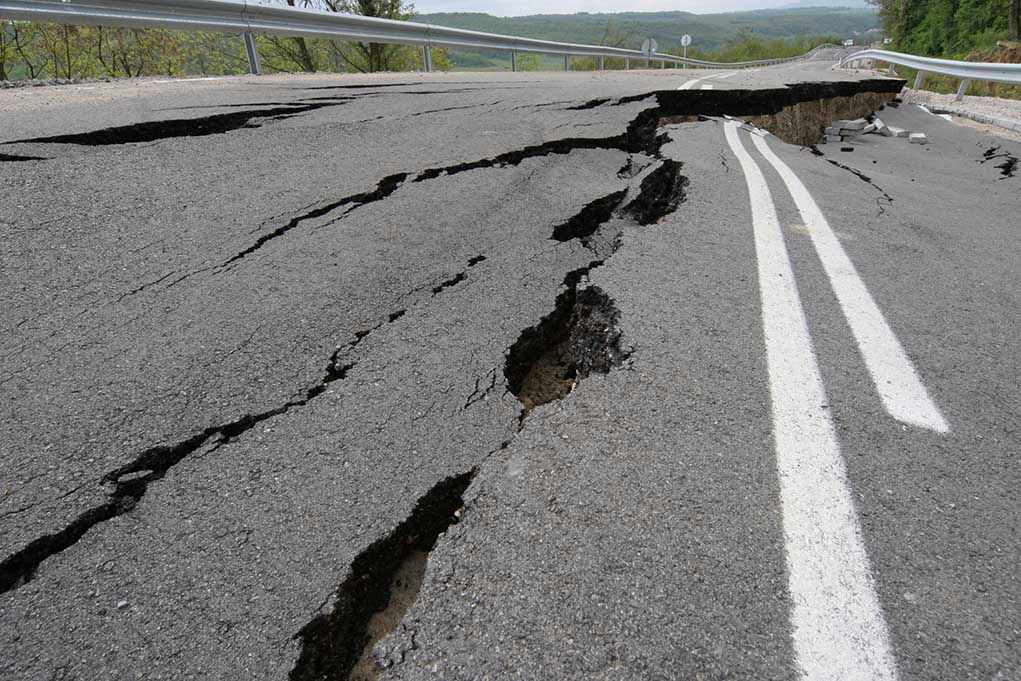
Scientists have discovered that two of America’s most dangerous earthquake faults are synchronized, potentially triggering simultaneous catastrophic quakes that could overwhelm the entire nation’s disaster response capabilities.
Story Snapshot
- Cascadia Subduction Zone and northern San Andreas Fault show evidence of synchronized ruptures over 3,100 years
- Both faults ruptured within hours of each other in 1700, potentially creating back-to-back megaquakes
- Major cities from San Francisco to Seattle could face emergency situations simultaneously
- Current disaster response systems designed for single major earthquake, not multiple concurrent events
Groundbreaking Research Reveals Seismic Connection
Oregon State University marine geologist Chris Goldfinger published findings in October 2025 showing the Cascadia Subduction Zone and northern San Andreas Fault operate in partial synchronization. The study analyzed deep-sea sediment cores spanning 3,100 years, using turbidite deposits and radiocarbon dating to reconstruct earthquake timelines. This represents the first robust evidence that these two major fault systems, previously thought to act independently, may trigger each other during major seismic events.
Historical Evidence Points to Coordinated Disasters
The research identified multiple instances where both fault systems ruptured in close succession, with the most recent occurrence in 1700. During that event, the Cascadia earthquake likely triggered a northern San Andreas rupture within hours, creating a tsunami that reached Japan. The 600-mile Cascadia Subduction Zone off the Pacific Northwest and the 800-mile San Andreas Fault through California meet at the Mendocino Triple Junction, providing a geological connection that enables seismic stress transfer between the systems.
National Emergency Response Faces Unprecedented Challenge
Goldfinger warned that synchronized fault ruptures would create an unprecedented disaster scenario exceeding current response capabilities. A single major earthquake on either fault would require national-level resources for effective response. However, simultaneous or sequential ruptures affecting San Francisco, Portland, Seattle, and Vancouver would create multiple emergency zones requiring resources that may not exist. This scenario challenges fundamental assumptions about disaster preparedness and highlights vulnerabilities in America’s emergency management infrastructure.
Infrastructure and Economic Implications Demand Immediate Attention
The synchronized fault discovery requires immediate revision of building codes, infrastructure investment, and emergency response planning across the West Coast. Critical infrastructure including transportation networks, utilities, hospitals, and communication systems face potential simultaneous failure across multiple states. Insurance and construction industries must reassess risk models accounting for compound disasters rather than isolated events. The economic impact could reach unprecedented levels, with multi-billion-dollar losses from infrastructure damage and business interruption affecting the entire Pacific Coast economy.
"Two major fault lines on the West Coast are in ‘sync’ and signal possible massive quake on horizon, scientists warn" – The Independent #SmartNews https://t.co/UEfwSltva2
— Caroline Ramsey-Hamilton (@RiskAlert) October 9, 2025
The Trump administration must prioritize comprehensive seismic preparedness initiatives addressing this newly identified threat. Federal coordination between FEMA, USGS, and state emergency management agencies becomes critical for protecting American lives and infrastructure from this synchronized seismic menace that previous administrations failed to adequately address.
Sources:
Twin threat: Two major West Coast earthquake faults may be linked, so one could trigger the other
Cascadia megathrust earthquake could trigger major quake on San Andreas fault
Twin threat: Cascadia and San Andreas faults may be seismically linked
Cascadia megathrust earthquake could trigger major San Andreas quake, study shows












